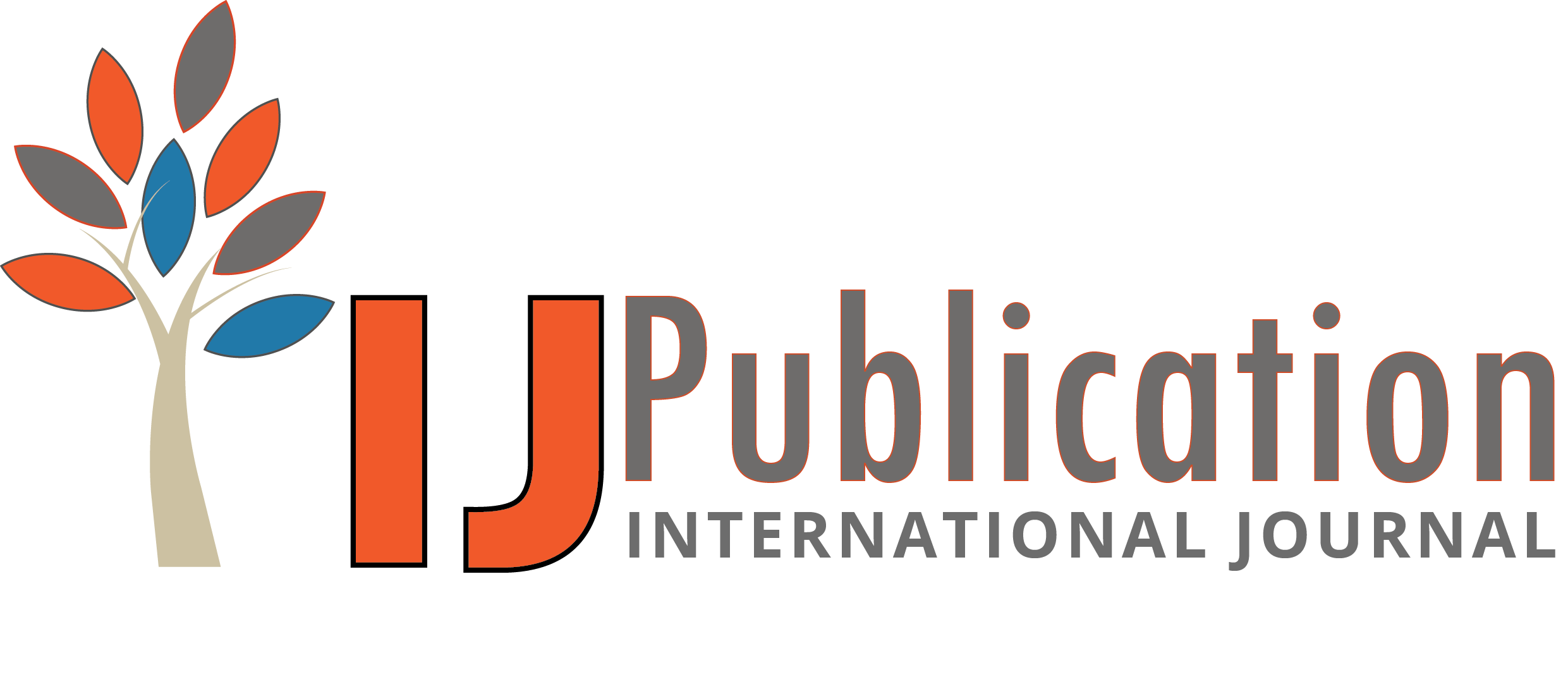Neelam Gupta Reviewer
03 Oct 2025 09:56 AM
 Approved
Approved
Relevance and Originality This research article offers a timely and relevant exploration of human-AI collaboration within the media industry, which is undergoing rapid transformation due to technological advancements. The novelty lies in framing AI not as a disruptive force but as a complement to human expertise, presenting a fresh perspective on AI’s role in creative industries. The study’s contribution is significant, as it addresses both the operational challenges media organizations face and the strategic opportunities AI offers for enhancing workflows. While the article’s central thesis is original, further elaboration on how the proposed collaboration models could differ across various media sectors would enrich the discourse.Methodology The methodology employed to investigate the transformative potential of human-AI collaboration is appropriate for the topic, incorporating both qualitative and quantitative analyses. However, the article could benefit from a clearer explanation of the data sources and analytical tools used to draw conclusions. While the discussion of AI integration is comprehensive, including case studies or examples of successful implementations could strengthen the argument by providing concrete evidence. A more detailed breakdown of the research design and data collection methods would help readers better understand the study's scope and reliability.Validity & Reliability The findings presented in the article are convincing and generally well-supported by the evidence provided. The conclusions about the complementary nature of AI and human creativity are plausible, though the article would benefit from a deeper discussion on the reliability of the research sources and the generalizability of the conclusions. For instance, further clarity on the sample size or the variety of media organizations examined would help assess the robustness of the results. While the collaborative models proposed seem valid, more emphasis on the challenges of implementing these models in diverse media contexts could improve the generalizability of the research.Clarity and Structure The article is clearly written and well-structured, making it easy for readers to follow the argument. The flow from identifying challenges to discussing AI's potential benefits is logical, and the transitions between sections are smooth. However, certain complex concepts related to AI’s role in content creation and strategy might benefit from more accessible explanations, especially for readers unfamiliar with the technology. Simplifying some of the technical jargon could improve readability without compromising the depth of analysis.Result Analysis The analysis of the results is insightful, particularly in how it draws attention to the dual role of AI: both as a tool for efficiency and a partner for creativity. The study effectively ties its findings to broader trends in the media industry, but it could further explore the long-term implications of these AI-human collaborations. The conclusions are largely well-supported by the data, though more emphasis on the potential risks or ethical concerns associated with AI integration would provide a more balanced perspective on the future of media systems.








Neelam Gupta Reviewer